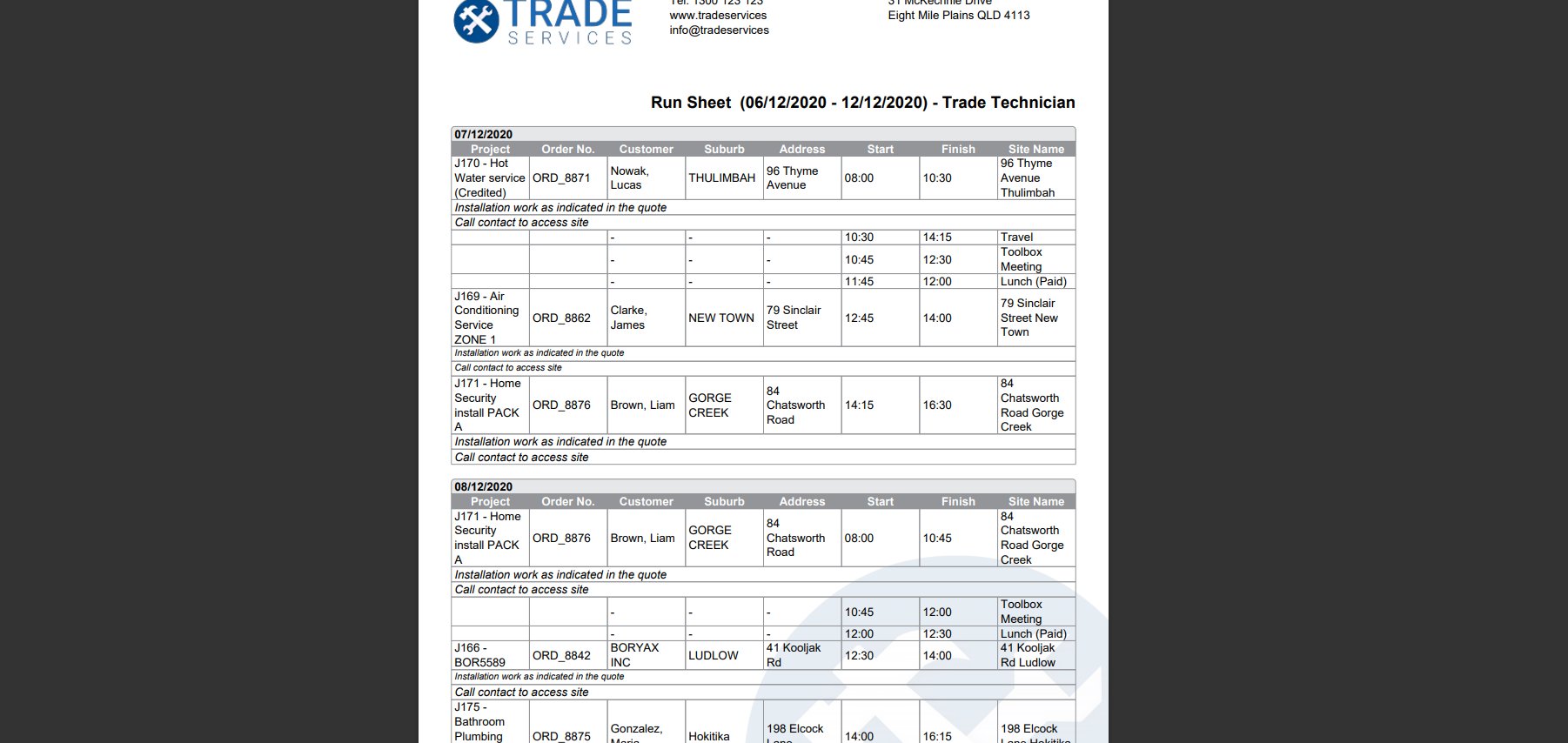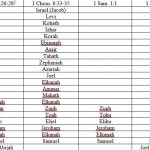A run sheet is your event’s blueprint, detailing every crucial aspect from start to finish. It serves as your navigational guide, ensuring smooth execution and coordination among all involved. In simple terms, a run sheet is your time-bound roadmap that paves the way for a successful event. From setup to teardown, it’s the master plan that keeps everything on track. Let’s dive deeper into the significance and elements of a run sheet to unlock its true power in event management.
What is a Run Sheet: A Comprehensive Guide
Understanding the Basics of a Run Sheet
In the world of events, performances, and productions, organization is key. One essential tool that helps keep everything running smoothly is a run sheet. But what exactly is a run sheet? Let’s dive in and explore the ins and outs of this handy document.
Definition of a Run Sheet
A run sheet, also known as a cue sheet or a show flow, is a document that outlines the sequence of events or activities that will take place during an event or performance. It serves as a detailed timeline that helps all involved parties stay on track and ensure that everything runs according to plan.
Components of a Run Sheet
A typical run sheet includes essential information such as the schedule of events, timings, names of performers or participants, technical cues, and any special instructions. It provides a step-by-step guide for everyone involved in the event to follow, from organizers and performers to technicians and stage managers.
Key Elements of a Run Sheet
1. **Event Details**: The run sheet starts with basic information about the event, including the date, time, and location.
2. **Schedule**: It outlines the timeline of the event, specifying when each segment will start and end.
3. **Participants**: The run sheet lists the names of performers, speakers, or participants in the order of appearance.
4. **Cues and Instructions**: Technical cues, lighting cues, sound cues, and any special instructions are included to ensure smooth transitions between different parts of the event.
The Importance of a Run Sheet
Ensuring Smooth Execution
Imagine a school play without a run sheet. Chaos would ensue as actors wouldn’t know when to go on stage, technicians wouldn’t know when to cue the lights or sound, and the audience would be left confused. A run sheet eliminates this chaos by providing clear guidance for everyone involved, ensuring a seamless and well-coordinated event.
Time Management
With a run sheet, organizers can effectively manage time by scheduling each segment of the event down to the minute. This helps prevent delays and ensures that the event stays on track, keeping both participants and the audience happy.
Enhancing Communication
A run sheet acts as a communication tool, conveying important information to all stakeholders. By having a centralized document that outlines the entire event flow, everyone is on the same page, reducing misunderstandings and errors.
How to Create a Run Sheet
1. Gather Information
Start by collecting all the necessary details about the event, including the schedule, participants, and any specific requirements or instructions.
2. Create a Timeline
Organize the information chronologically to create a timeline of the event. Include specific timings for each segment to ensure a smooth transition from one part to the next.
3. Add Technical Details
If the event involves technical elements such as lighting, sound, or visuals, make sure to include detailed cues and instructions for the technicians to follow.
4. Review and Revise
Before finalizing the run sheet, review it carefully to check for any errors or missing information. Make revisions as needed to ensure accuracy.
In conclusion, a run sheet is a vital tool for anyone involved in organizing events, performances, or productions. By providing a detailed timeline and instructions, it ensures that everything runs smoothly and according to plan. Whether you’re planning a school play, a corporate conference, or a music concert, a well-prepared run sheet can make all the difference in the success of your event.
How to Make a Run Sheet (aka Shift Plot) | The (Almost) Complete Guide to Stage Management #17
Frequently Asked Questions
What information is included in a run sheet?
A run sheet typically includes details about the schedule of events, names of individuals involved, specific tasks or actions to be carried out, and any important contact information. It serves as a guide for keeping track of activities and ensuring that everything runs smoothly.
How is a run sheet used in event planning?
In event planning, a run sheet is a crucial tool for organizers to coordinate different aspects of an event, such as timing, responsibilities, and logistics. It helps ensure that everyone involved is on the same page and that the event unfolds according to plan.
Can a run sheet be customized for different types of events?
Yes, run sheets can be customized based on the specific requirements of different events. Whether it’s a wedding, conference, concert, or any other gathering, the content and format of the run sheet can be tailored to suit the unique needs of each event.
Final Thoughts
In conclusion, a run sheet is a detailed plan outlining the sequence of tasks or events to be carried out in a specific order. It serves as a roadmap for ensuring smooth operations and coordination, especially in time-sensitive situations. By clearly outlining responsibilities and timelines, a run sheet helps teams stay organized and on track. Incorporating a run sheet into your workflow can significantly improve efficiency and reduce errors.






